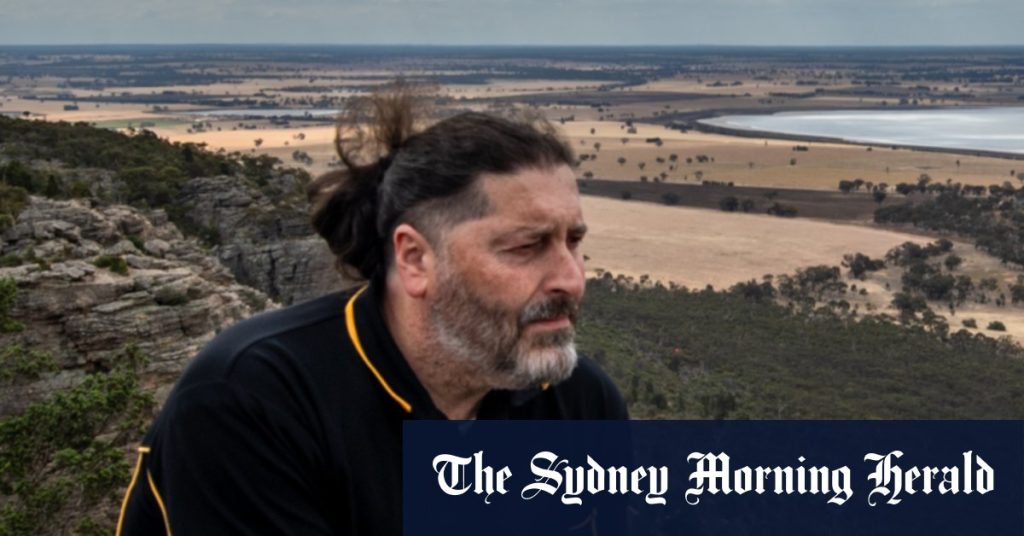The Dyurrite, also known as Mount Arapiles, is a site of significant cultural heritage for Indigenous people in western Victoria. Over recent decades, it has also become a popular destination for rock climbers due to its multitude of climbing routes. However, tensions have arisen over access to some sections of the site, as the Barengi Gadjin Land Council and the state government seek to protect cultural heritage, including quarry sites, rock art, and artefacts.
While some climbers fear that the looming restrictions could negatively impact Dyurrite’s reputation as a premier climbing destination, the Barengi Gadjin Land Council’s Stuart Harradine reassured that only one-third of climbing routes would be closed to protect cultural heritage. Collaborating with the Gariwerd and Wimmera Reconciliation Network, efforts have been made to minimize the impact on recreational users while also safeguarding the site’s tangible and intangible heritage.
Concerns over unintentional disturbance to cultural heritage have been raised, as some rock paintings were previously undetected and remain confidential to prevent potential vandalism. Harradine emphasized the importance of protecting the rock art and other significant sites, including creation stories and sensitive locations within the landscape. Efforts have also been made to use digital technology to rediscover and potentially restore rock art.
Rock climbers at Dyurrite have expressed their commitment to avoiding disturbance to Indigenous sites, with many using safety equipment that does not damage rocks and is removed after climbing. The upcoming restrictions primarily affect beginner and intermediate climbing routes, as well as some of the most challenging ones. Climbers like Louise Shepherd have emphasized the co-existence of climbing and Indigenous cultural preservation, criticizing Parks Victoria’s management plan for its lack of proper consultation with climbers and residents.
As visitation to Dyurrite continues to increase, concerns have been raised about the potential economic impact on the nearby town of Natimuk and the region as a whole. With estimates suggesting over 2000 climbing routes at Dyurrite, finding consensus on the exact number that will be affected by the restrictions remains challenging. Some climbers, such as Jack Jane, have expressed regret over the loss of the opportunity to educate and expose young people to the site’s Indigenous heritage while ensuring its preservation.
The state government is seeking feedback on its management plan for Dyurrite, aiming to bring park users and traditional owners together to address the delicate balance between preserving cultural heritage and maintaining recreational activities like rock climbing. Ultimately, the ongoing discussions and decisions regarding access to Dyurrite reflect a broader effort to protect and honor Indigenous heritage while ensuring sustainable use of the land for future generations.















